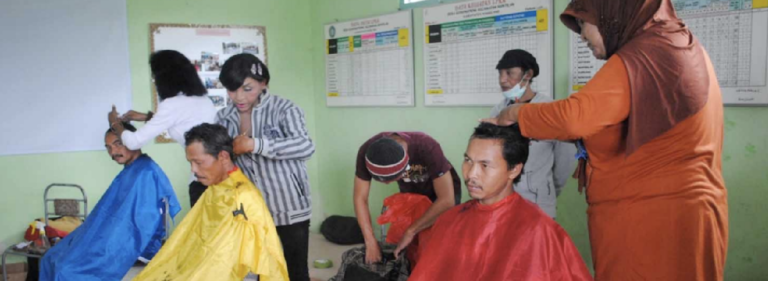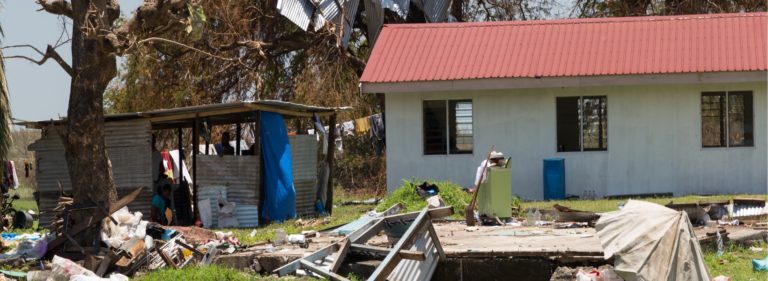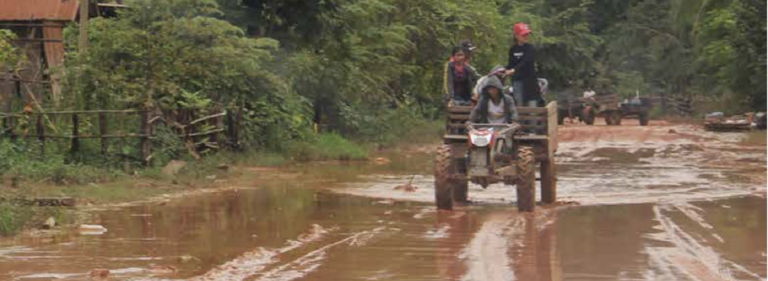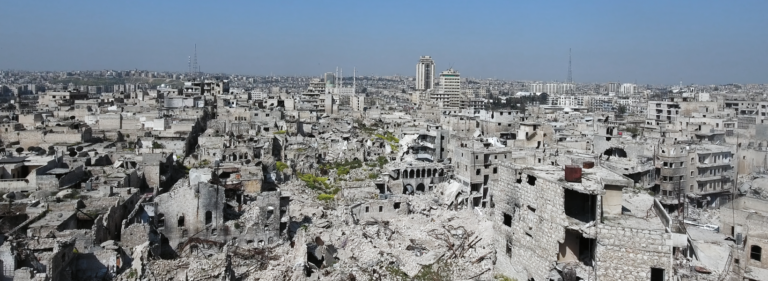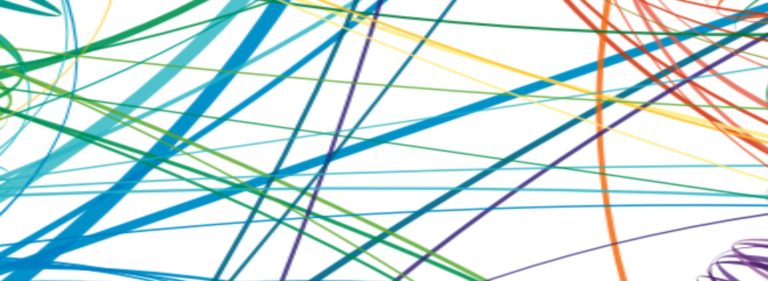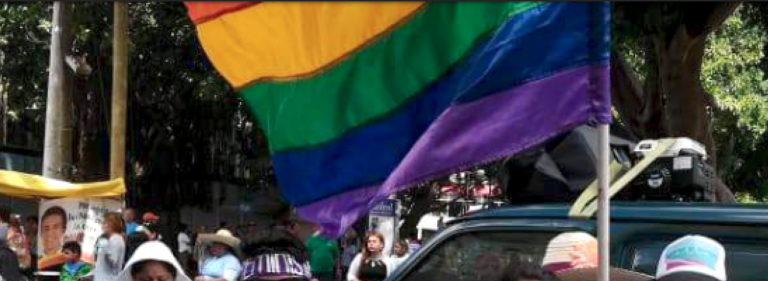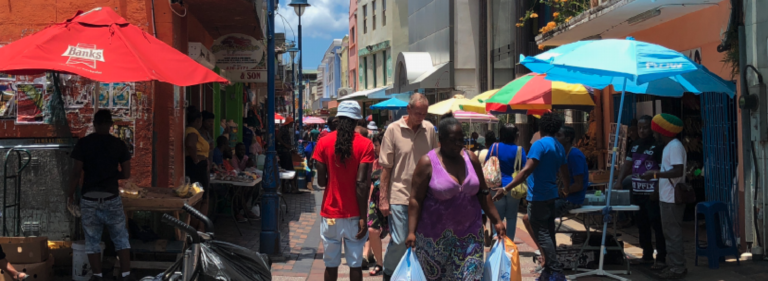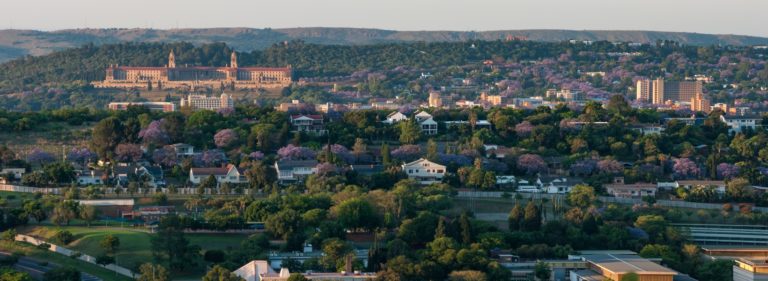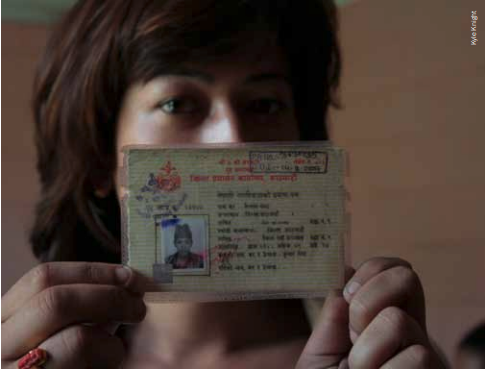Local and international actors are often present in the wake of a natural disaster. In the Pacific, where communities have long endured cyclones, floods and tropical storms, the realities of climate change mean natural disasters will occur more often and with more severity. Understanding how protection and disaster response can be implemented efficiently and effectively is therefore a humanitarian imperative.
This paper found that international actors and local actors could work more effectively together: specifically, the report found that international terminology and approaches to protection can undermine protection outcomes; that the greatest complementarity gains between international/local actors can be made during disaster preparation; that it is important for international actors to support assessments and raise questions and ideas in prioritisation processes; that funding for protection activities is largely sourced from international donors and directed towards international actors; and that role must shift towards direct implementation of protection activities in disaster response being undertaken by national actors while international actors can and should play a central role in international advocacy and accountability.
Page 22 touches upon the on-going marginalisation of the diverse SOGIESC community in disaster planning. Specifically, discussions on funding priorities need to be held during preparation, and donors should ensure funding is earmarked for protection priorities in disaster response. This is a specific concern given the on-going unmet needs of the diverse SOGIESC community following disasters. Existing national funding mechanisms are currently inadequate to meet these unmet needs.
Page 25 emphasises the importance of including stakeholders from marginalised groups, especially sexual and gender minorities, in preparation and prioritisation. Following TC Pam in Vanuatu, transwomen were not allowed into women’s bathrooms in evacuation centres and faced sexual harassment and attempted rape in men’s bathrooms. This meant many transwomen stayed at home during and following disasters, which puts this community at specific increased risk as their homes have not been built to withstand tropical cyclones. Similarly, in the Solomon Islands, the specific needs of the diverse SOGIESC community are not discussed in any humanitarian coordination mechanisms. In Tonga, reports in the wake of disasters suggest that members of the diverse SOGIESC community felt unsafe visiting evacuation centres, especially those housed in churches. Further, Tongans with diverse SOGIESC were not recognised in protection coordination forums.
Shifting the centrality of international actors towards national actors in disaster risk reduction and response is vital. In countries like the Solomon Islands, where same-sex relations are illegal, legislation compromises protection outcomes for the diverse SOGIESC community. International actors can and should play an advocacy role in changing legislation to extend protection to all people. This advocacy work should be done in collaboration with local CSOs where possible. The shift towards national/local actor centrality must be done with a specific eye to the groups who experience marginalisation before disasters due to cultural biases and norms. These groups must be specifically consulted in all stages of the planning, prioritisation and response processes, and specific steps must be taken to ensure all individuals can access emergency services equally.
